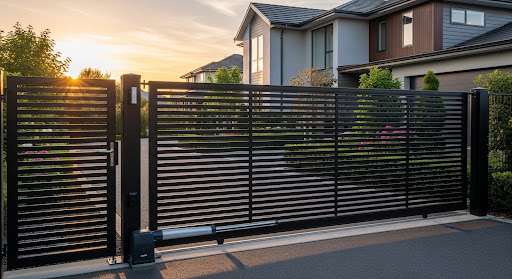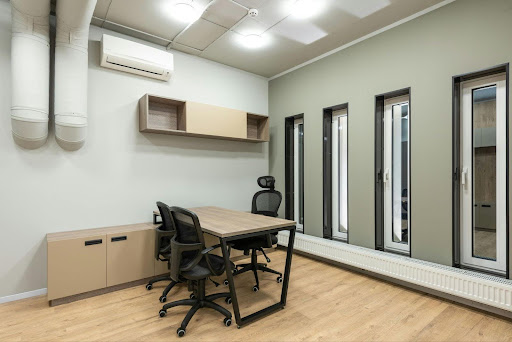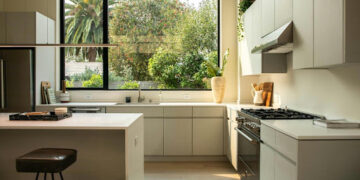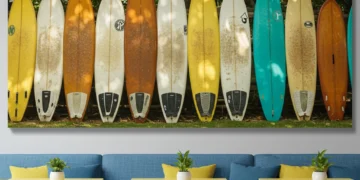Your home’s entrance makes a statement. It is the first impression, a prelude to the sanctuary within. For many, this leads to a significant crossroads in home design: embracing the sleek automation of modern systems or holding fast to the enduring charm of manually operated entries. This decision extends beyond simple aesthetics, touching upon daily convenience, perceived security, and the very character of your property. Navigating this choice requires a thoughtful look at what each option truly offers.
Considering Modern Automated Entrances
The appeal of contemporary automated solutions is powerful in our fast-paced world. Imagine your vehicle approaching and the barrier to your driveway opening seamlessly, without any need to step out into the rain or fumble for a key. This is the fundamental promise of electric gates. They provide a layer of sophisticated convenience that is difficult to overlook. Beyond the obvious comfort, they introduce a formidable psychological deterrent to potential intruders, creating a tangible, operable boundary that suggests heightened security measures are in place. For families with children or pets, this controlled access can bring immense peace of mind. However, this advanced functionality comes with its own set of complexities. Installation is inherently more involved, demanding professional expertise for wiring, motor setup, and integration with access systems like keypads or remotes. One must also account for their reliance on power; a backup plan becomes essential during an outage to prevent being either locked in or out.
The Enduring Strength of Classic Designs
Conversely, classic, non-automated gates possess a distinct and powerful allure. Their value lies not in technological prowess but in timeless artistry and material substance. A wrought iron creation with intricate scrollwork or a robust, hand-crafted timber barrier serves as a permanent piece of landscape art. These installations declare a commitment to craftsmanship and tradition, often enhancing a home’s architectural authenticity, particularly with historical or rustic designs. Their mechanical simplicity is a virtue; without motors, electronic boards, or complex wiring, they present fewer components that could malfunction. Maintenance typically involves straightforward tasks like repainting, resealing, or lubricating hinges. The initial financial outlay is also frequently more accessible, covering materials and basic fabrication labor without the added cost of automation hardware and specialized electrical work. The trade-off, of course, is the manual operation required every single time you enter or depart, a factor that can become tedious over years of use.
Aligning the Decision with Your Lifestyle
So, which direction is the correct one for your property? The answer is deeply personal, rooted in your daily routine and long-term priorities. If your life is defined by a hectic schedule, a strong emphasis on security, and a preference for integrated smart home features, then investing in an automated system is a logical and rewarding path. It aligns with a modern, efficiency-driven existence. Alternatively, if you cherish historical charm, have a more modest budget, enjoy hands-on property maintenance, and value simplistic reliability over high-tech features, a classic manual gate will serve you beautifully. It becomes a statement of elegance and permanence, unaffected by power grids or software updates.
Final Reflections on Your Home’s Welcome
Ultimately, there is no universally correct answer, only the best choice for you. Weigh the quiet dignity of a traditional entrance against the fluid convenience of an automated one. Consider not just the initial installation but the long-term relationship you wish to have with this defining feature of your home. Your driveway’s gateway should be a true reflection of your lifestyle and aesthetic values, functioning as both a practical passage and a meaningful declaration of your personal style.












